All About Japanese Festivals
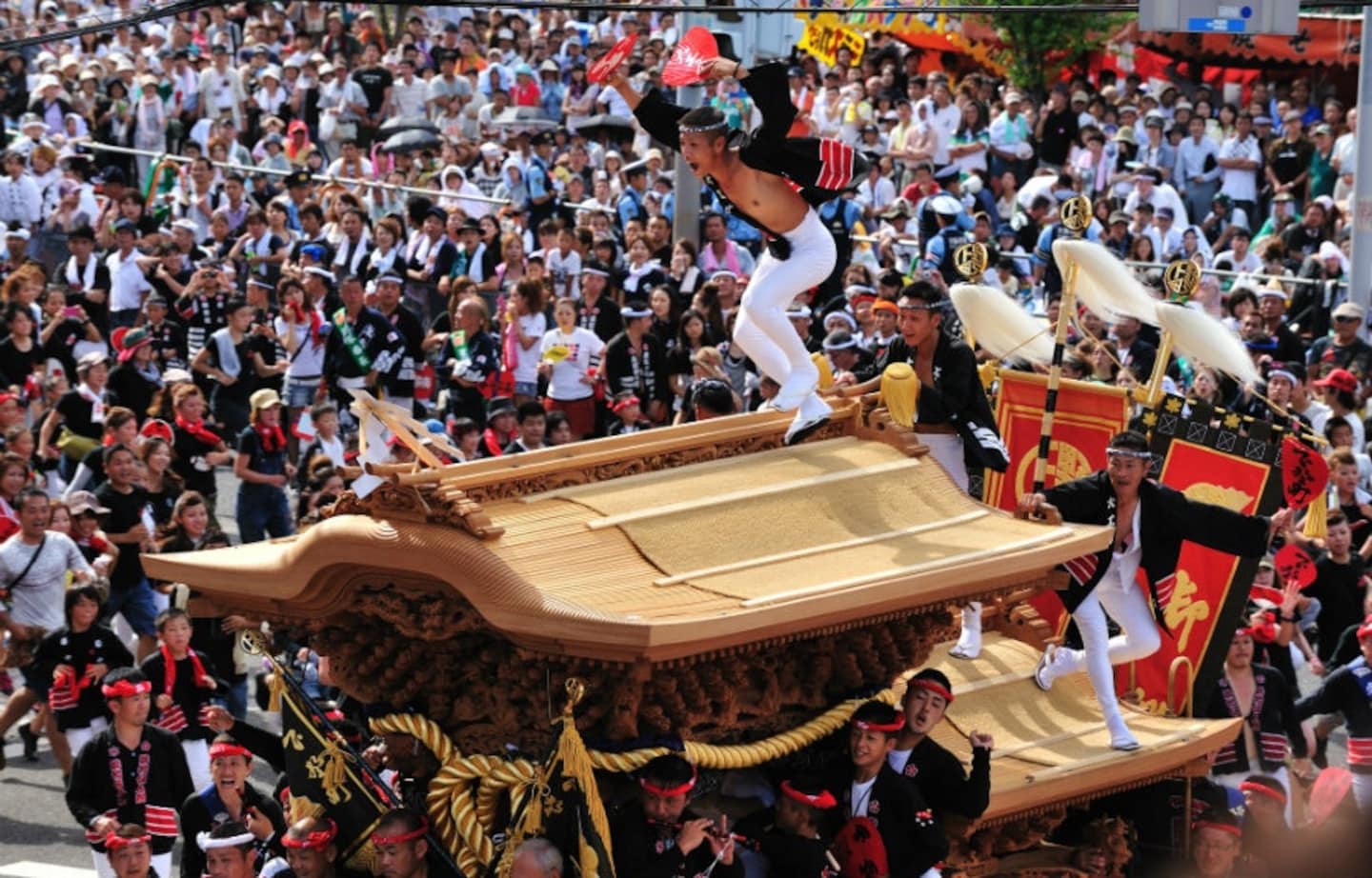
Festivals, or matsuri, are a huge part of life in Japan. All told, there are an estimated 600,000 matsuri held in Japan every year—an average of 50,000 per month!
By Michael Kanert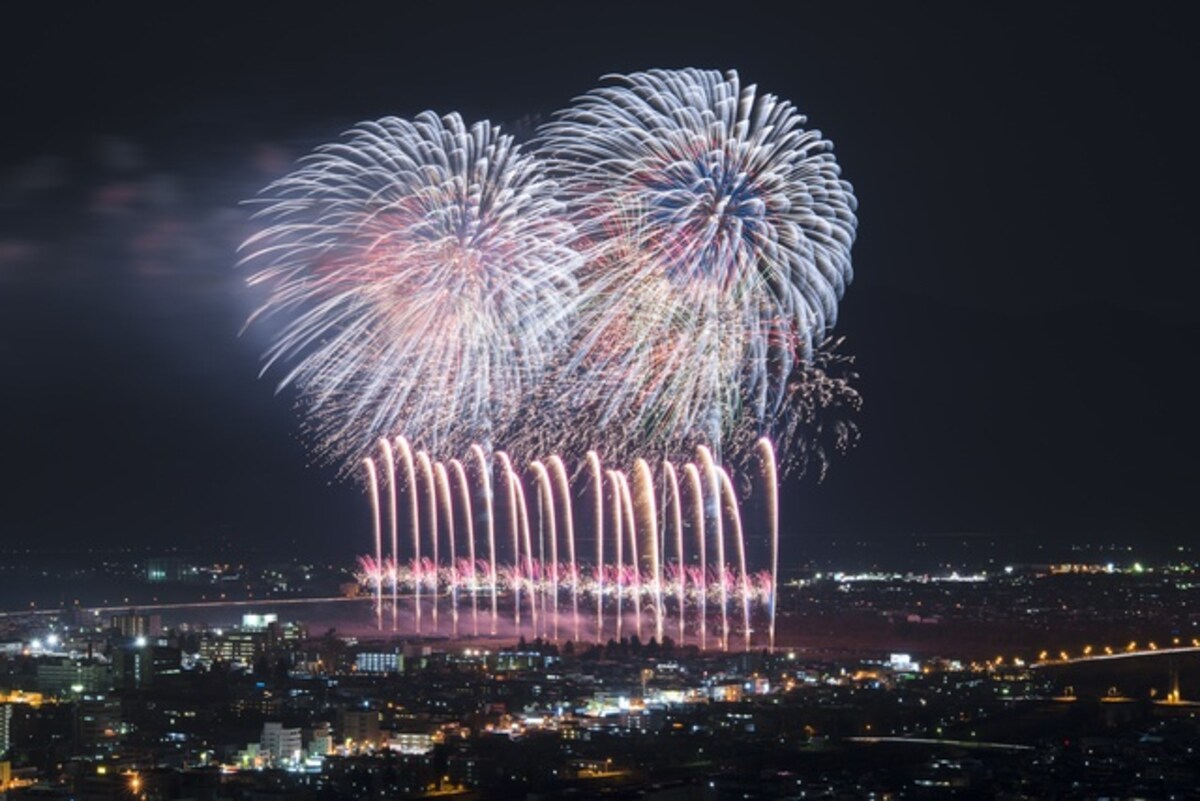
Some festivals are secular, such as the various cherry blossom festivals held every spring, the countless fireworks festivals that light up the sky in summer, and the delightful snow festivals that warm up the winter throughout northern Japan.
However, there are nearly 80,000 Buddhist temples and an estimated 100,000 Shinto shrines in Japan, and almost every one of them will be the center of at least one festival extending across several days.
Shrine Festivals
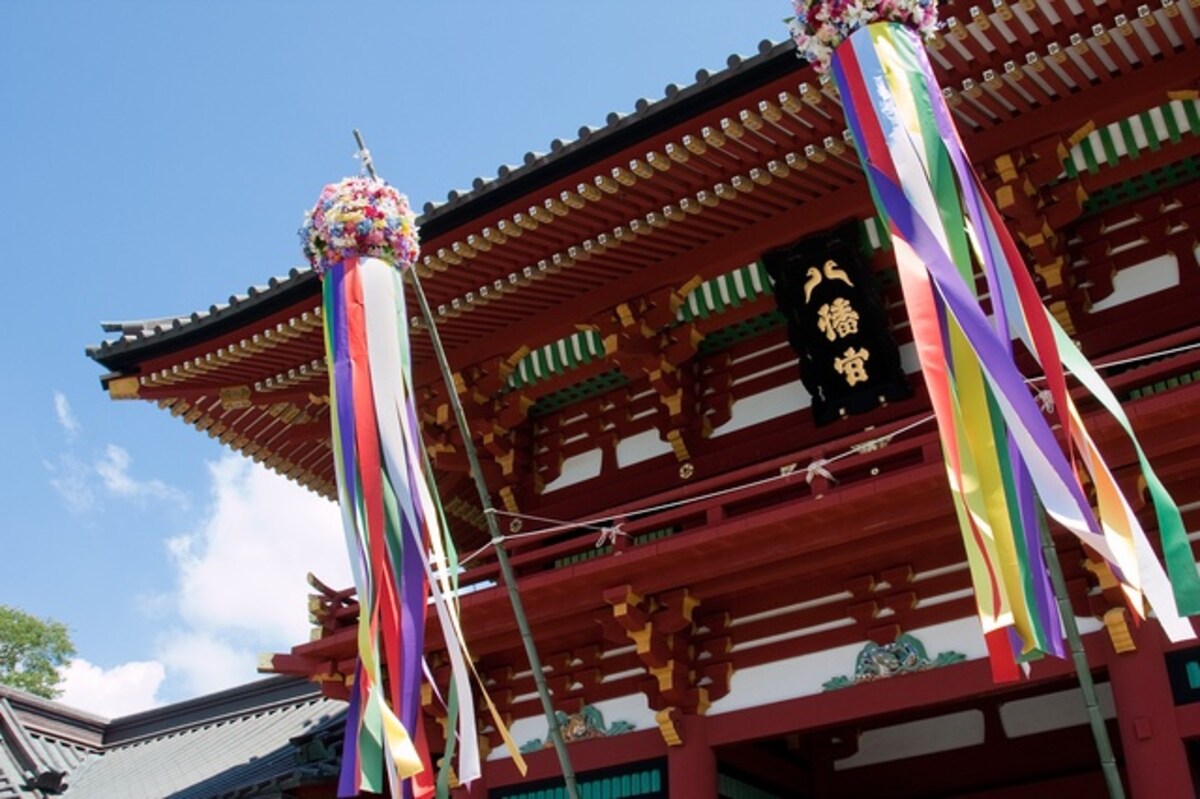
While secular festivals are generally spectator events, Shinto festivals in particular bring together people from all walks of life as they celebrate the deity, or kami, of their local shrine. Many festivals appeal to the local kami for a good harvest, or thank the kami for a successful crop, while others may be memorials for local figures, commemorations of major historical events, celebrations of holy dates, or even signs of appreciation for beloved legends.
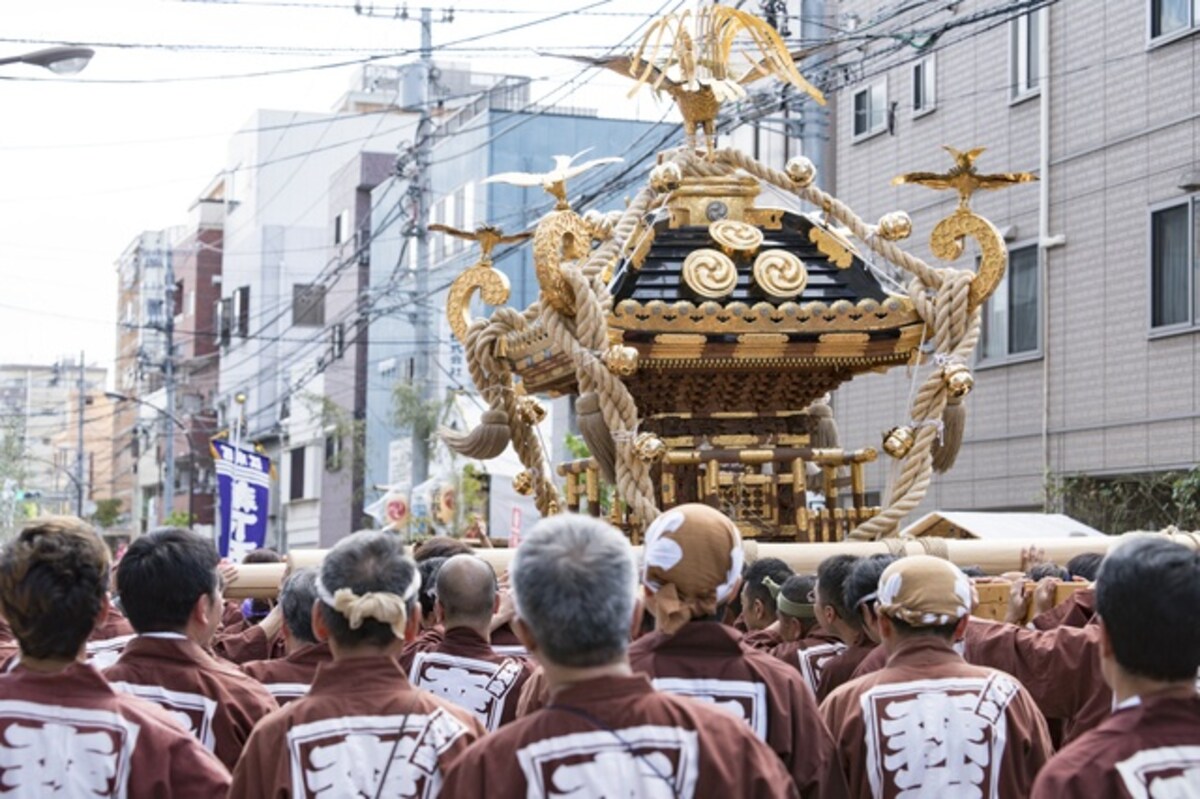
A key feature of any Shinto matsuri is the procession of the shrine’s kami through the streets in a palanquin called a mikoshi. A festival will be the only time of the year the kami will leave the shrine, and since every mikoshi is quite large, the whole community will come together to carry it through the streets.
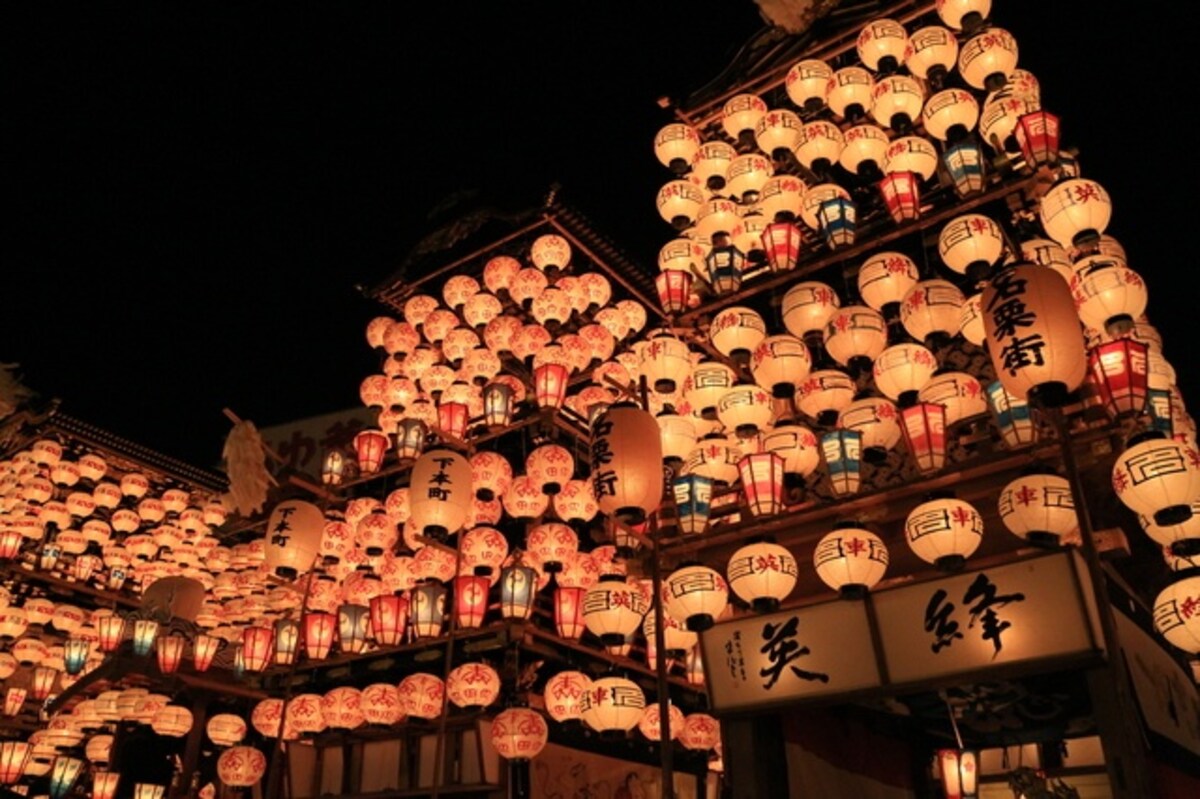
Larger festivals will often feature decorated floats generally called dashi. Unlike the motorized floats you might see in a Western parade, dashi are pulled by hand, often by dozens of people. Dashi might be covered in lanterns or filled with musicians.
https://www.youtube.com/watch?v=p1D8sFz2Ebg
Most festivals treat their mikoshi and dashi with the calm reverence of a visiting dignitary. But others will see mikoshi purposefully tossed in the air, raced through the streets, dumped in rivers or even rolled through a bonfire. Different kami appreciate different kinds of devotion!
Festival Music
https://www.youtube.com/watch?v=yo0Vs-YM0n0
Most festivals processions are accompanied by music, sometimes played from speakers, but often played live alongside the mikoshi on fue bamboo flutes, kane bells, taiko drums and even shamisen. Large drums may be mounted on a dashi, with the largest floats featuring dozens of musicians aboard. And if there’s no music, you can still expect lots of chanting.
https://www.youtube.com/watch?v=0h3-mZLitBQ
Festival music may be accompanied by dancing as well, the most famous being the summer Bon Odori (Bon Dance). This might be danced in a circle around a yagura, or scaffold, constructed specifically for the festival, or in a procession through the streets, as at Tokushima’s renowned Awa Odori, the biggest dance festival in Japan. Some festivals may also include theatrical performances such as kagura, bunraku or kabuki.
'Yatai' Stalls
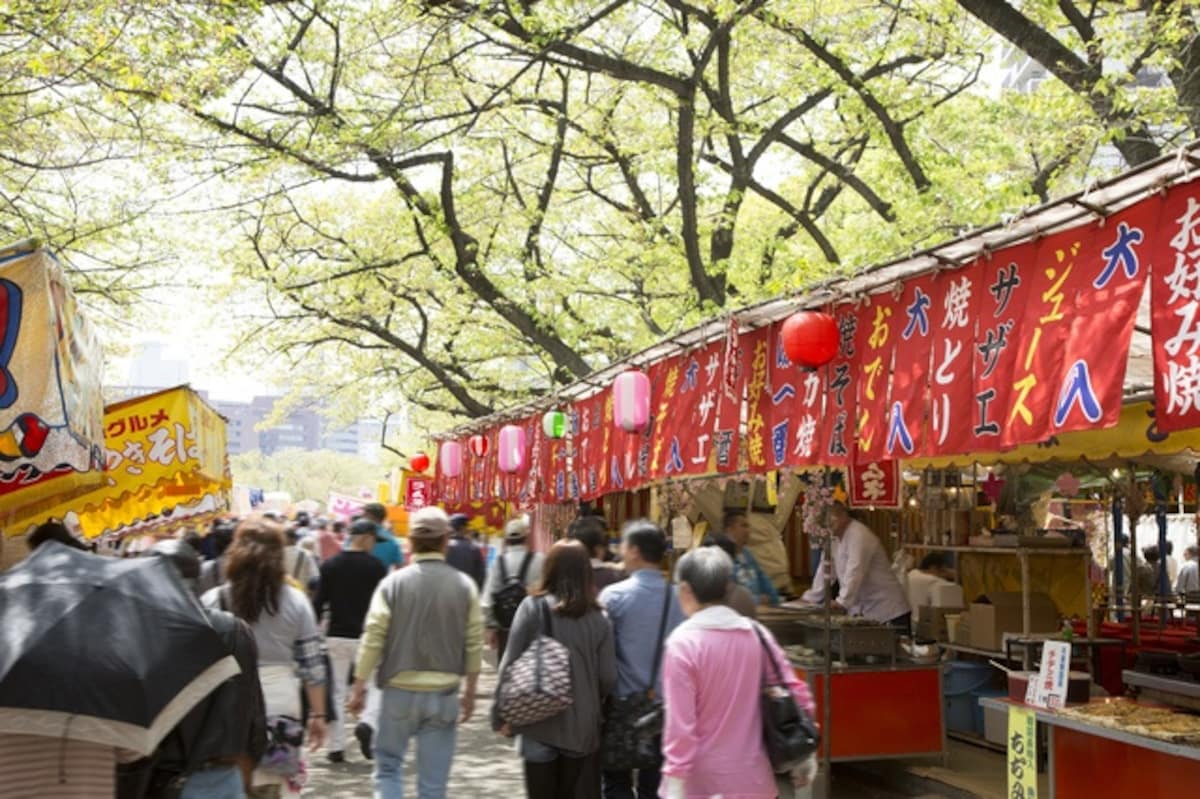
Most festivals will see the streets lined with stalls, or yatai, selling a variety of food and a steady supply of beer and soft drinks—with ramune being a particular festival favorite.
The most common food options are yakisoba (fried soba noodles), takoyaki (balls of octopus tentacles in fried batter), okonomiyaki (savory pancakes typically filled with noodles, eggs, meat and/or seafood), taiyaki (fish-shaped fried batter, usually filled with bean paste or custard), castella (sponge cake snacks), and various forms of kushi (things on sticks, ranging from meat to chocolate-covered bananas). Stalls will also often sell simple toys, and may offer games like kingo sukui (goldfish scooping).
Crazy Festivals
https://www.youtube.com/watch?v=GiE_di17OU8
Among all the slowly drawn mikoshi and more energetic dance festivals, you’ll also find eye-opening events like Nagano’s Onbashira Festival, which features people riding giant logs down a hill; numerous festivals that involve doing dangerous things with fire; various hadaka matsuri (“naked festivals”) featuring people in fundoshi loincloths; and a handful of infamous penis festivals centered around phallus-shaped mikoshi, supplemented with similarly shaped snacks and accessories.
What to Wear
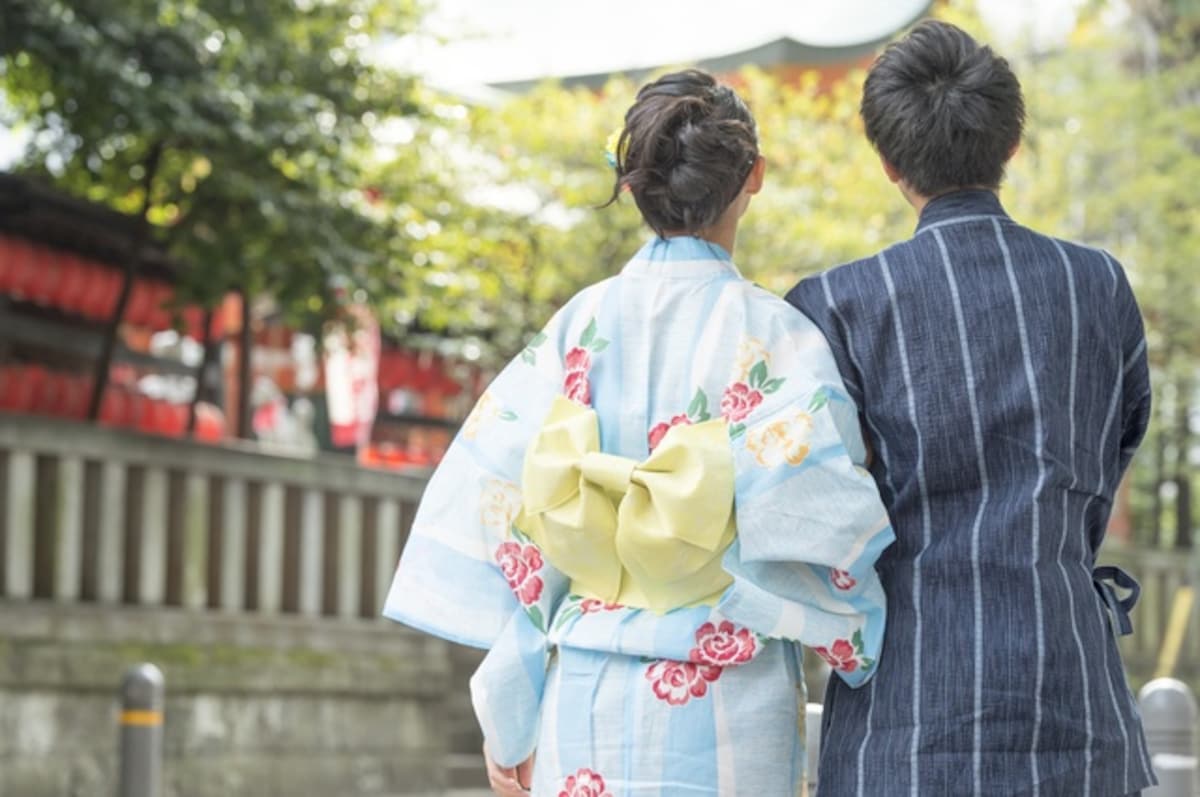
You can generally wear whatever you’d like to a matsuri, as appropriate to the season. But in summer, you’ll often see women and girls wearing brightly colored yukata, a kind of light cotton kimono. There are also yukata for men, though typically in plainer shades, and they’re less often seen.
Men will more often wear a jinbei, which consists of a light, tied top and knee-length shorts. Lately these have been growing in popularity among young girls as well, though often with brighter colors.
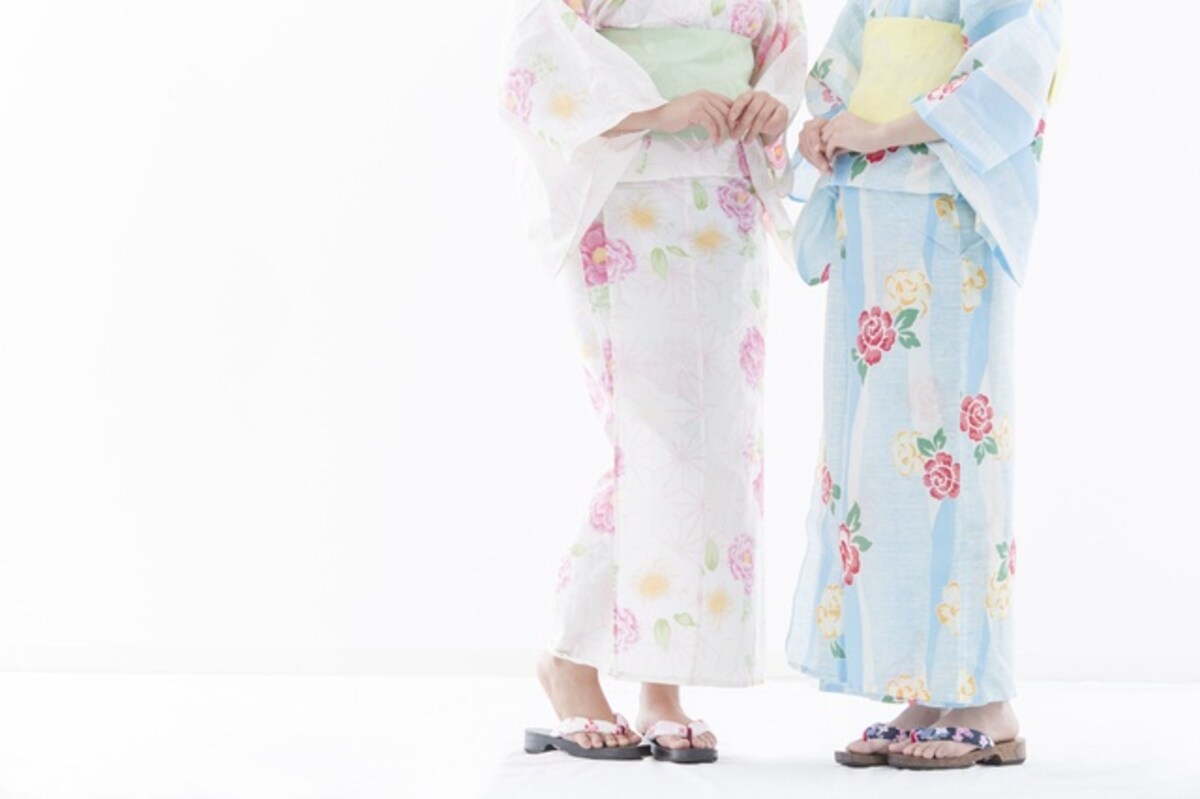
You may also want to wear wooden geta sandals, though be aware that they make for pretty slow and clompy movement. A better option is zori, wooden sandals that are more formal than geta, but also more comfortable. You may also want to wear split-toed tabi socks with your geta or zori—especially if you don’t want your feet to get filthy!
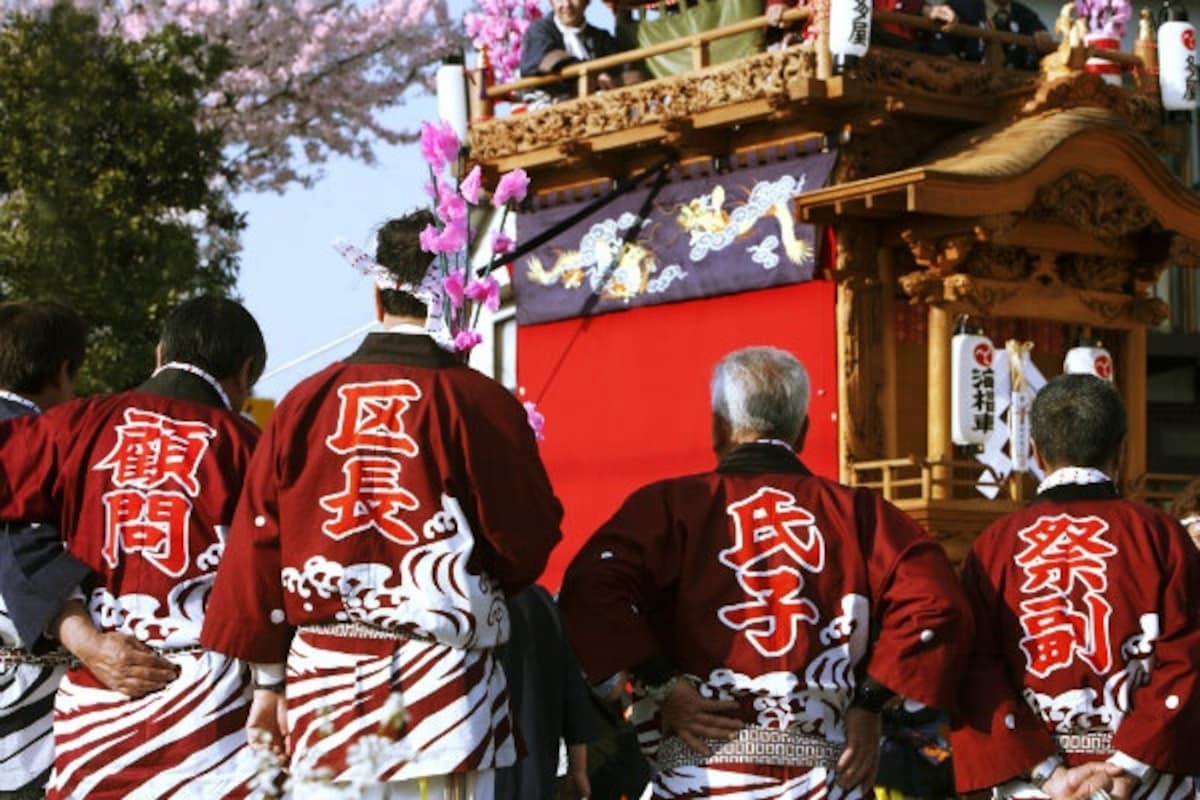
You’ll see festival participants wearing light cotton jackets called happi, which will typically bear the distinctive marks of their town region or sponsor, thus distinguishing one group from the others. In a dance festival, you’ll likely see a variety of more elaborate costumes as well.
How to Get Involved
https://www.youtube.com/watch?v=8AoDLdwfRVE
If you live in Japan, there are countless opportunities to get involved in local festivals, and most organizers are very happy to let anyone who lives in the area take part. Just head to your local ward office or city hall and ask—or better, ask people at work! If you work in a public school, many of the teachers will be involved in one way or another.
That said, once you’re in, be ready for lots of practice. If it’s a drum festival or dance festival, you may find yourself expected to head out every night for months in advance to make sure you’re ready for the big event. This is a big part of how festivals bring the community together!
Japan's Major Festivals
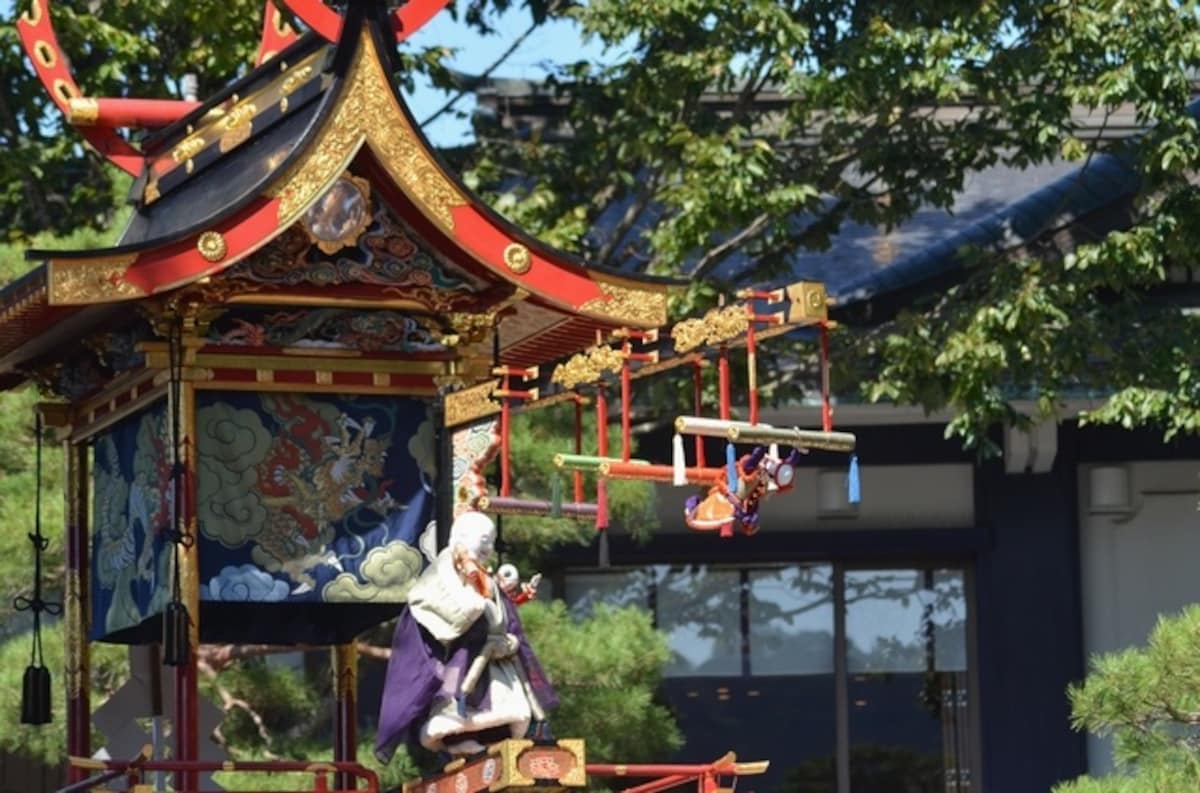
Some of the biggest festivals you won’t want to miss include:
Dec. 31 & Jan. 1: New Year’s Eve & New Year’s Day (celebrated throughout Japan)
2nd week of Feb.: Sapporo Snow Festival (Hokkaido)
Apr. 14-15: Takayama Festival (Gifu)
3rd Fri-Sun of May: Sanja Matsuri (Asakusa, Tokyo)
May 15: Aoi Matsuri (Kyoto)
Jul. 1-31: Gion Matsuri (Kyoto)
Jul. 24-25: Tenjin Matsuri (Osaka)
Aug. 2-7: Nebuta Matsuri (Aomori)
Aug. 3-6: Kanto Matsuri (Akita)
Mid Jul.-Early Sep.: Gujo Odori (Gifu)
Aug. 12-15: Awa Odori (Tokushima)
Aug. 16: Daimonji Bonfire (Kyoto)
Oct. 7-9: Nagasaki Kunchi Festival (Nagasaki)
Oct. 9-10: Takayama Matsuri Autumn Festival (Gifu)
Day of the Tori, Nov.: Tori-no-Ichi (Tokyo, 2-3 times depending on the year)
You’ll also want to keep an eye out for fireworks festivals happening throughout the nation pretty much every weekend from July to August—not to mention cherry blossom festivals and fall festivals at local castles, temples and shrines.
For a list of a few more major festivals, you can see the JNTO’s Festivals & Events page. If you want to see as many festivals as possible, the most complete list we’ve found is Dydo’s Matsuri Calendar, and it only lists about 200 per month. You can also find a number of Tokyo-specific events over at Go Tokyo.
Now get out there and find yourself a festival!



